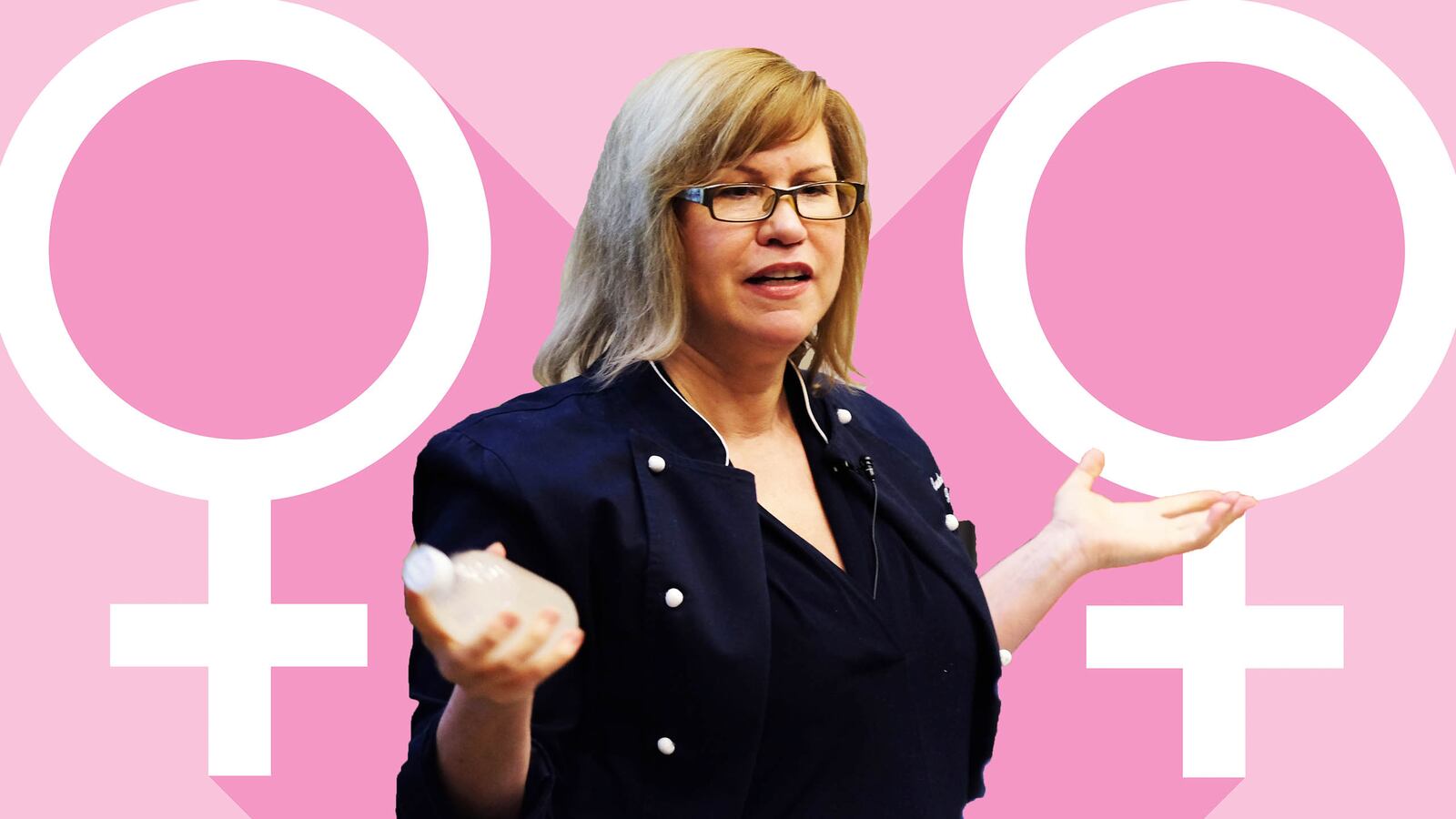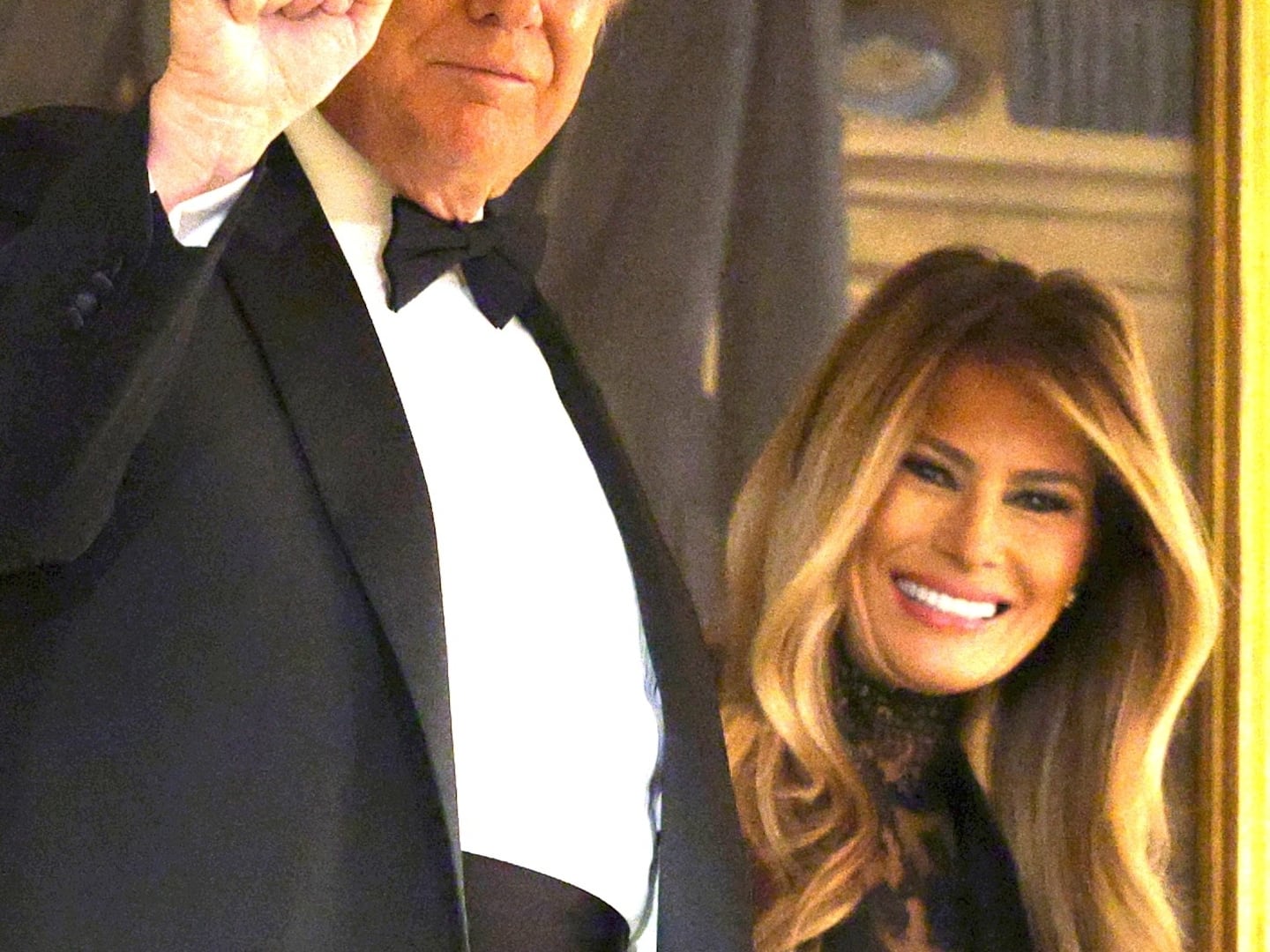Heroines celebrates women across a variety of fields who are breaking barriers and creating change. This is the fourth profile in a five-part series in celebration of International Women's Day.
“We won the cocktail revolution,” legendary bartender Audrey Saunders proudly told me during a recent conversation.
While a bar menu featuring an Old-Fashioned, a Negroni and a rye whiskey Manhattan garners little attention now, each drink, each recipe, each rediscovered ingredient was a hard-fought battle. And Saunders was one of the four-star generals leading charge after charge.
Looking back over the last 20 years, it’s easy to forget that it wasn’t always guaranteed that the humble cocktail would ever come back from the dead. Would anybody ever care about mixed drinks again?
The cocktail had been king for decades only to die an unremarkable death in the 1980s and 1990s, when Saunders discovered the craft.
At the time, the Long Island native was trying to restart her life. She married her high school sweetheart and the pair started a specialty cleaning business. After the marriage fell apart they continued running the business together. Still, she needed something more. “Listen man, I love you but I got to go get a life,” she told him.
Saunders found the change she needed at Brooklyn’s Waterfront Ale House, a regular hangout where she and sailing friends would go for drinks after a day on the water. Working at a bar looked like fun and she eventually asked its owner Sam Barbieri for a job. She was hired and trained by the Ale House’s manager, Cory Hill.
“When I first got into the business, Cory to his benefit tried to not necessarily discourage me from bartending but opened my eyes, ‘listen it’s really a lot of hard work, the money is not regular, there’s no health insurance,’” she remembers him telling her. “But when I first got behind a bar I fell in love with it. I didn’t know cocktails at that point. I was trying to figure out how the soda gun works. But I got back there and I really enjoyed service. I loved putting burgers down in front of people and being able to make their night or day and to bring them joy. I realized whatever it took, I would do.”
A few weeks after starting the gig, Hill showed her an article in New York magazine about Dale DeGroff, the charismatic unflappable bartender who ran the bar at the Rainbow Room. His drinks at the iconic New York restaurant were revered and served as a beacon attracting cocktail fans from around the country. His bar also was a very effective recruiting station where he was able to introduce countless people to the classics. DeGroff was co-teaching a class on the business of running a bar at NYU and Hill suggested Saunders attend it if she was serious about being a bartender. “I didn’t know anything about cocktails. I didn’t know anything about the industry,” she says. “So I went and I was blown away and I actually still have the handout from the class.”

At one point during the class, DeGroff talked about the classic drink the Blood and Sand (Scotch, orange juice, sweet vermouth and Cherry Heering). “To my ignorance, I thought it sounded absolutely disgusting,” she remembers. And then she tasted it, and thought “Oh, my God!, I can’t believe how good this is!’ It was just this alchemic reaction.”
After class, she approached DeGroff and said “I want to be the best I can be and I’ll work for you for free.” DeGroff—who had to teach himself the lost art of bartending and broke down every technique and recipe to its essential parts and rebuilt them—found his ideal pupil in Saunders. She wanted to know it all. “This man has the patience of a saint. I can be pushy and I’m curious. I just wouldn’t leave him alone,” she says.
While she couldn’t help him at the Rainbow Room (it was forbidden by the restaurant’s union), a month later DeGroff called with an invitation to help him work an event at the New York mayor’s residence, Gracie Mansion.
In retrospect, the party was a tryout of sorts and Saunders would continue to help DeGroff with countless events over the years—each one was like a private master class. “At the end of 500 lemon twists, I knew how to make a perfect lemon twist,” she says. “I learned to do things properly the right way out of the gate. And when you’re taught by the master and you learn how to do things properly then you can advance further because you’re not stuck on something.”

Saunders followed DeGroff to Blackbird after the Ciprianis got the lease for the Rainbow Room. “Every day was Christmas,” she says. One day DeGroff would have them making bowls of Tom & Jerry, another it was the flaming Café Brûlot. While the drinks were revolutionary, ultimately the restaurant would close. They then worked together on relaunching Bemelmans Bar in the Carlyle Hotel, where Saunders was the beverage director.
DeGroff continued his proselytizing work and soon had built an army of like-minded bartenders, including Sasha Petraske, Julie Reiner, Dushan Zaric and Jay Kosmas, who would go on to open a new generation of popular cocktail bars. And online, Robert Hess, whom Saunders would later marry, ran the DrinkBoy message board that served as clubhouse for cocktail authorities including Gary Regan, Ted Haigh, Martin Doudoroff and Half Full columnist David Wondrich. That community was essential, since “there was nobody doing what we did,” she said. Otherwise, “you’d go home with all these ideas in your head and nobody to talk to.”
In 2005, Saunders opened her own establishment, Pegu Club, on Houston Street. It was a big gamble since at the time there were just a few other craft cocktail bars in New York and in the world. “It had to be perfect. We were still fighting the fight,” she says. Her biggest fear was that a patron would come in and have a bad drink and give up on cocktails in general. “I would be damned if we lost this. That’s why I was just so absolutely insane at that time, I wanted everybody’s sip to be perfect.”
With her signature cocktails, the Gin-Gin Mule, the Old Cuban, the Earl Grey MarTEAni, which became Pegu standards, guests kept coming back and the bar flourished. What also helped was her opening staff being incredibly talented. “I was so fucking blessed with my lineup of bartenders,” she says. “Because they got it. They were just as passionate as I was.”
Pegu, which has won numerous Tales of the Cocktail Spirited Awards and been nominated for two James Beard Awards, became a de facto bartending school. Numerous famous bartenders came through the bar and then opened their own establishments, including Jim Meehan, Kenta Goto, Brian Miller, Phil Ward, Chad Solomon, Sam Ross, Naren Young, St. John Frizell and Toby Maloney.
It was only after some of her bartenders left to create their own bars that Saunders began to relax and celebrate the return of the cocktail.
“I’m one thousand percent grateful to Dale for everything I have because if it weren’t for him, I wouldn’t have what I have today and I wouldn’t have had this wonderful career,” she says. What she’s equally proud of was being able to share his knowledge with other bartenders who then trained even more bartenders. “It was always my wish to pass it on,” she says.
With the cocktail war over, Saunders and her husband, Robert Hess, are tackling a new challenge—creating the Ravenwood bartending school in their home outside of Seattle. “I don’t see myself running a bar anymore,” she says. “These hands were built to teach.” The couple has been planning this for several years and are soon going to offer a two-week course of study to bartenders. The first half of the day will be spent in their garden, so students can understand where the ingredients in their drinks come from and explore subtle differences between, say, a bitter orange and a sweet one. She’s also working on a bar book for professionals that will break down her knowledge on different cocktails and spirits.
Saunders also continues to help the bartenders that have worked at Pegu on their new projects. “They know they can always come back and we’ll support them and mentor them,” she says. “Once they leave home, they can come home.”
I’ll be fixing her Little Italy tonight and toasting her essential role in bringing back the classic cocktail!
INGREDIENTS:
- 2 oz Rittenhouse Rye Whiskey
- .5 oz Cynar
- .75 oz Martini & Rossi Sweet Vermouth
- Glass: Small cocktail glass, chilled
- Garnish: 2 skewered Luxardo Cherries
Directions:
Add all the ingredients to a mixing glass and fill with ice. Stir and strain into a chilled small cocktail glass. Garnish with two skewered Luxardo Cherries.






